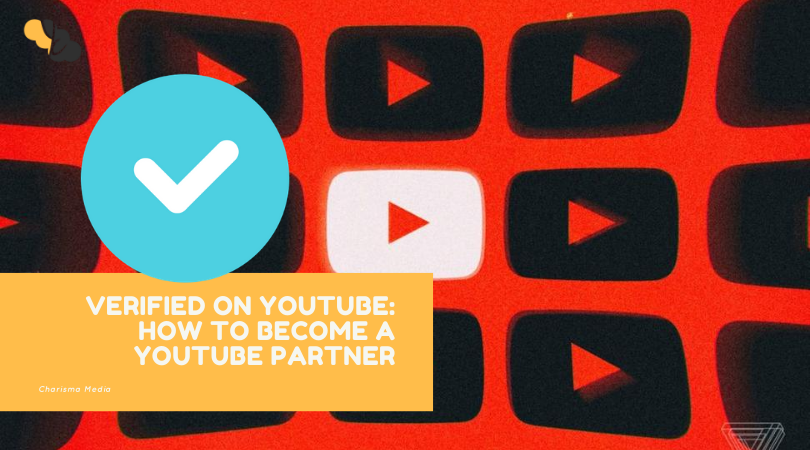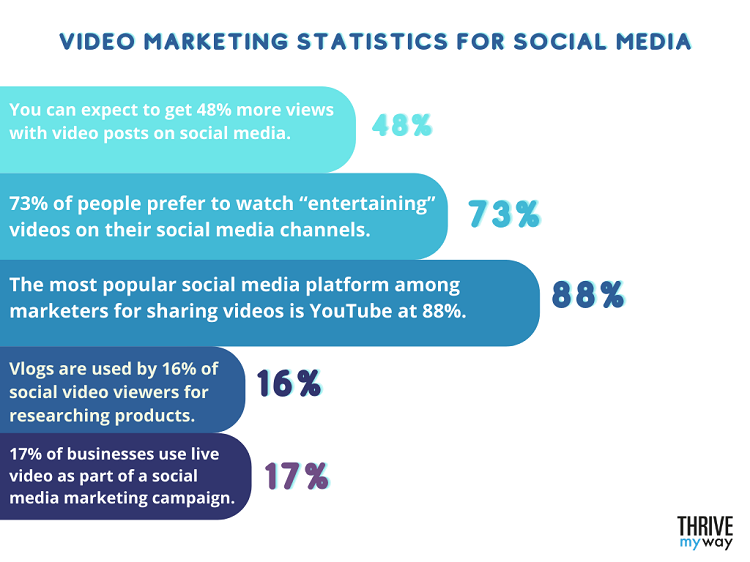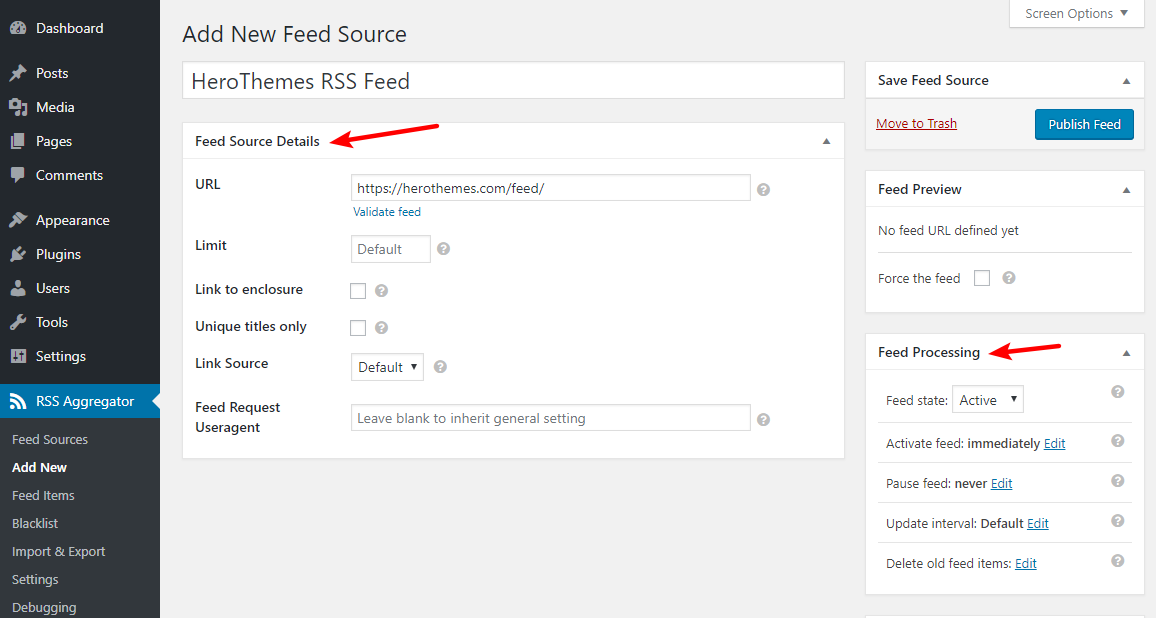
So, you have decided to launch your own digital advertising strategy. What's next? This article will guide you through each step of the process from selecting your channel to researching your audience. This article will also help you to create a customer path and split test a strategy. Then, you'll know if your new strategy is working for your brand. If your strategy is not working, you are not the only one. There are many businesses that have faced the same question.
Researching your audience
You must research your audience before you can create a digital advertising strategy. This can be done through quantitative research. This involves surveying large populations and producing statistical results. If you are looking to create an email campaign that targets a particular audience, for example, you will need to identify their pain points and interests. Similarly, you can look at their purchase history to determine their purchasing behavior. This allows you to target your marketing messages to specific audiences.
Understanding your audience is key to creating a successful digital marketing plan. Without research, you'll be blind to their desires and needs. You can identify their needs and provide personalized content by conducting research. By doing research, you'll also be able to predict their needs and become more effective in your marketing. Here are some tips on researching your audience.
Interviews: To understand your audience better, you can conduct surveys. Surveys: You can email existing customers and publish customer reviews via social media. Interviews are also possible. These surveys can provide valuable insight into what your audience is like. This information will help you to create your digital marketing strategy. It's important to research your audience, but it is equally essential to create a compelling campaign. This will enable you to reach your audience and increase sales.
Segmentation: You can tailor your message to your audience by understanding their preferences, interests, lifestyle. Segmentation can help you communicate with your audience in a stronger way and build a relationship with them. Adidas sent an email with a gender specific message, while the clothing brand categorised its audience based on gender. Customers buy jeans in large numbers, so a survey asking them how they rate the retailer would result in an average rating of 8/10.
Channel selection
Promoting your product or service through digital channels is an important aspect. Your choice should depend on your primary objectives, target audience, competition and budget. Different channels will produce different results. Make sure to choose carefully and find the one that works for you. Depending on the channel you choose, what content you share with your audience will determine which format you use for your ads. Content marketing is still the best form of marketing. It will always be relevant. However, if your goal is to reach your audience, this technology must be used.

The goals of the business will dictate which channel you choose to use. Set your short-term and long-term goals. Your long-term goal might be to increase revenue by 20% within the next two years. While your short-term goal might have you generating 400 sales qualified leads in six months or increasing website traffic to 70% by eight months, a shorter-term goal might be to increase revenue by 20% by 2020. So that you can decide which channels will work best, it is important to clearly identify your short-term (and long-term) goals.
Before you choose which channels to use, be sure to assess their effectiveness. Each channel comes with its own strengths, weaknesses and freedoms. Consider the cost of each channel's creative content and what type you will need. You should make sure you have all of your budget available before you begin using new channels as part of your digital marketing strategy. Facebook or Twitter is the best way to generate buzz.
Designing a customer journey
A customer journey map is one of the most crucial elements of a digital marketing strategy. These maps map the customer's path from decision to action. The customer experience map can be used in many ways. It can show the customer's journey through the sales funnel, up to the point where they become a loyal customer. You can also use the customer journey map to identify areas for improvement.
In a nutshell, a customer journey map represents a prospect's journey toward purchase. It is used by marketers to help them map the questions they ask as well as the pain points they encounter. The higher-funnel levels are designed to increase awareness and create interest. The final stages are dedicated to building brand loyalty. This should start with awareness.
After researching and learning about a brand, potential customers begin the information-gathering phase of the customer journey. They may not be familiar with you at first, but they have an idea of what they want. In this stage of the Customer Journey, brands should have content that aids customers to make informed decisions. Customers can request a trial period for free to help them overcome any remaining hurdles in the buying process.
By understanding the customer journey map, marketers can target their advertising efforts. Each stage of the customer journey should have its own buyer persona. Marketers can adapt their marketing campaigns to meet the goals of each stage by clearly identifying them. A customer journey map can also help marketers better understand their target audience by identifying what motivates each stage of the customer's decision-making process.
Split testing your strategy
Split testing can increase your business' profitability. It can be used in multiple areas of your digital marketing strategy. Split testing can be used to improve headlines, page copy and button text. Images, social sharing buttons, email advertising, call to actions, and social media buttons are just a few examples. Below are some test scenarios. Split testing allows you to identify which marketing tactics are most effective in increasing sales and profitability. You must use the right size sample. Split testing should be performed regularly with a suitable confidence rating.
Split testing can be used to assess whether certain marketing strategies are successful or not, and make recommendations to optimize their effectiveness. Split testing also allows you to see if your online advertising strategy is generating leads, and whether it is bringing in return. Split testing lets you test out different versions of a website or specific elements. Split testing allows you to see if the website is earning money. Once you've identified which variants generate more leads, it is possible to make adjustments in your digital marketing strategy.

ClickFunnels lets you test 6 different versions a single advertisement to get ideas for split-testing. Facebook is another great place to find split test ideas. Facebook provides many examples and you can easily copy these ads to see which ones are doing well. Landing pages are also ideal locations to test split tests. For example, moving your CTA below the fold increased conversions by 304%, while removing it from the landing page caused cart abandonment rates to decrease by 33%.
Split testing is an essential part of conversion optimization. Split testing refers to dividing traffic between two groups, the control group and the variant. Split testing lets you show half the variant version to 50% of your traffic. Multivariate tests allow you to divide traffic into equal segments, and then show one variant to each segment. Split testing is a great way to improve your digital marketing strategy.
Measuring its success
One of the first steps in establishing a successful digital marketing strategy is to measure its results. This can be done in a variety of ways. For example, you can track the number of buyers who converted to visitors. Another way to measure effectiveness of a campaign is by using other metrics, such as how many pages were viewed. These metrics can help you determine the success or failure of a campaign depending on your target audience and to evaluate the effectiveness of an individual marketing initiative.
To measure the success and effectiveness of your digital marketing strategies, you need to track certain key performance indicators (KPIs). KPIs measure the effectiveness of your marketing teams against a given goal. These targets may be high-level, or low-level. These KPIs are useful in identifying the success of a campaign, as they provide a specific level of accuracy that can be used as a guide for future campaigns.
It is important to set clear objectives for measuring the success of your digital marketing strategy. What number of visitors did your website receive? Did the content of your website encourage purchase? Are your email communications generating more sales than before? Are you getting new business? How many visitors made a purchase after reading an email? These are just some examples of the data you should track in order to assess whether your digital marketing strategy works. Ultimately, it will all depend on your objectives, your goals, and your digital marketing strategy.
FAQ
Where Should My Website Be Located?
Your website must be at the top of search results. This means that your website should appear near the top in every search result. Some searches might have hundreds of pages. How can you stand out against these competitors with your website?
Why SEO strategy matters?
Search engine optimization (SEO), is a way to get more people to visit your website via Google.
Search engines like Google!, Yahoo!, Bing!, and others save information about websites using servers called "crawlers," that send this data back into the company’s central database. This allows them to index pages for searching purposes.
More people will click your link and visit your website if your website is high up in the search results. You won't be seen in these searches.
Ranking high in search engines is the best way to get your site noticed. There are two main methods to achieve this: paid advertising or natural organic links.
Paid Advertising – Paid advertising is when companies pay per click to have their ads appear higher than other sites in search results. These ads include banner ads (text ads), pop-ups, widgets for e-commerce, and others.
Natural Organic Links- These links are ones where you have developed a site that is excellent over time and has earned the trust of others in your industry. Through blogging, guest posting and commenting, you can build links over time.
To stay ahead of the game, you must invest continually in both forms of marketing.
Why should I use SEO?
There are several reasons why you should use SEO.
It increases the number of people who visit your website through search engine results.
A second benefit is the ability to increase conversions. Users can be sure they find what they want when they type in their search bar.
It increases brand awareness by helping customers to find your business online.
Fourth, it improves the user experience through allowing them to quickly navigate your site.
It creates trust and credibility among potential customers.
Is link building still relevant to SEO?
Link building will always be essential. However, how you approach this today is quite different to how it was done 10 years ago. How businesses find customers and make sales is the biggest challenge they face today. Search engine optimization can help with this.
Businesses need to be active on social media. Content marketing strategies are essential as well. Google penalizes websites that have too many links back to them. It makes link building less efficient than it used to be. This is because linking to multiple sites can lead to Google penalizing you.
These factors all mean that link building is no longer as important for ranking your website.
Where do I get my keywords?
Consider what type of products or services your company offers and who your ideal customer might be before you start looking for standard terms. Once you have your list, you can use Google Keyword Planner and other search engines, such as Yahoo! or DuckDuckGo to determine what phrases people are looking for.
Statistics
- Which led to a 70.43% boost in search engine traffic compared to the old version of the post: (backlinko.com)
- A 62.60% organic traffic boost to that page: (backlinko.com)
- If two people in 10 clicks go to your site as a result, that is a 20% CTR. (semrush.com)
- Deleting those 10k pages is one of the main reasons that he improved his site's organic traffic by nearly 90%: (backlinko.com)
- 93%of online experiences today begin on search engines. (marketinginsidergroup.com)
External Links
How To
How do I know if I am doing good SEO?
There are several ways that you can determine if your SEO is doing a great job.
-
Your bounce rate should not exceed 30%. Users will leave your website without clicking on any other links. A high bounce ratio means that your audience does not trust your brand, or is not interested in the products you are selling.
-
Visitors will visit different pages on your site. This is a sign that they are engaging with your site.
-
Your conversion rate has improved - your customers are more aware of you product or service, and want to buy it.
-
Your average time on site is increasing - people spend longer viewing your content.
-
Searches are attracting more people - this is a sign that your SEO is doing a great job.
-
You are receiving more shares on social networks - this means your content is being shared and reaching other audiences than your followers.
-
You're getting more comments on forums - this shows that people respond positively to your work.
-
There's more engagement around your website - more likes, tweets, shares, and likes on posts.
-
Your rank in SERPs keeps increasing, a sign your hard work is paying off.
-
You are receiving more leads through your website. This indicates that people found your website by accident and are now contacting it.
-
Your sales are growing - this shows that people who came to your website searching for your products and services are buying them.
-
You get more views and comments on your blog posts, which means that people find your content useful and interesting.
-
This will increase your subscribers to your email lists. It shows that people trust you enough for them to sign up to receive information about your business.
-
Sales are rising. This is a sign that people like your products so much they are willing and able to pay for them.
-
You've gained more social network followers, which shows that your fans share your content with others and engage with your brand.
-
This indicates that journalists are discussing your brand online and you're receiving more PR mentions. This helps spread awareness about your company and boosts your reputation.
-
This indicates that other companies have also recommended your brand.
-
People keep returning to your website - this shows your customers are happy with your work and will come back again the next time they need your help.
-
Your competitors are losing ground. This is because they didn't spend as much on their SEO campaigns, which makes them look bad.
-
Your brand's image is changing - this shows that your brand is becoming popular among a new group of customers.